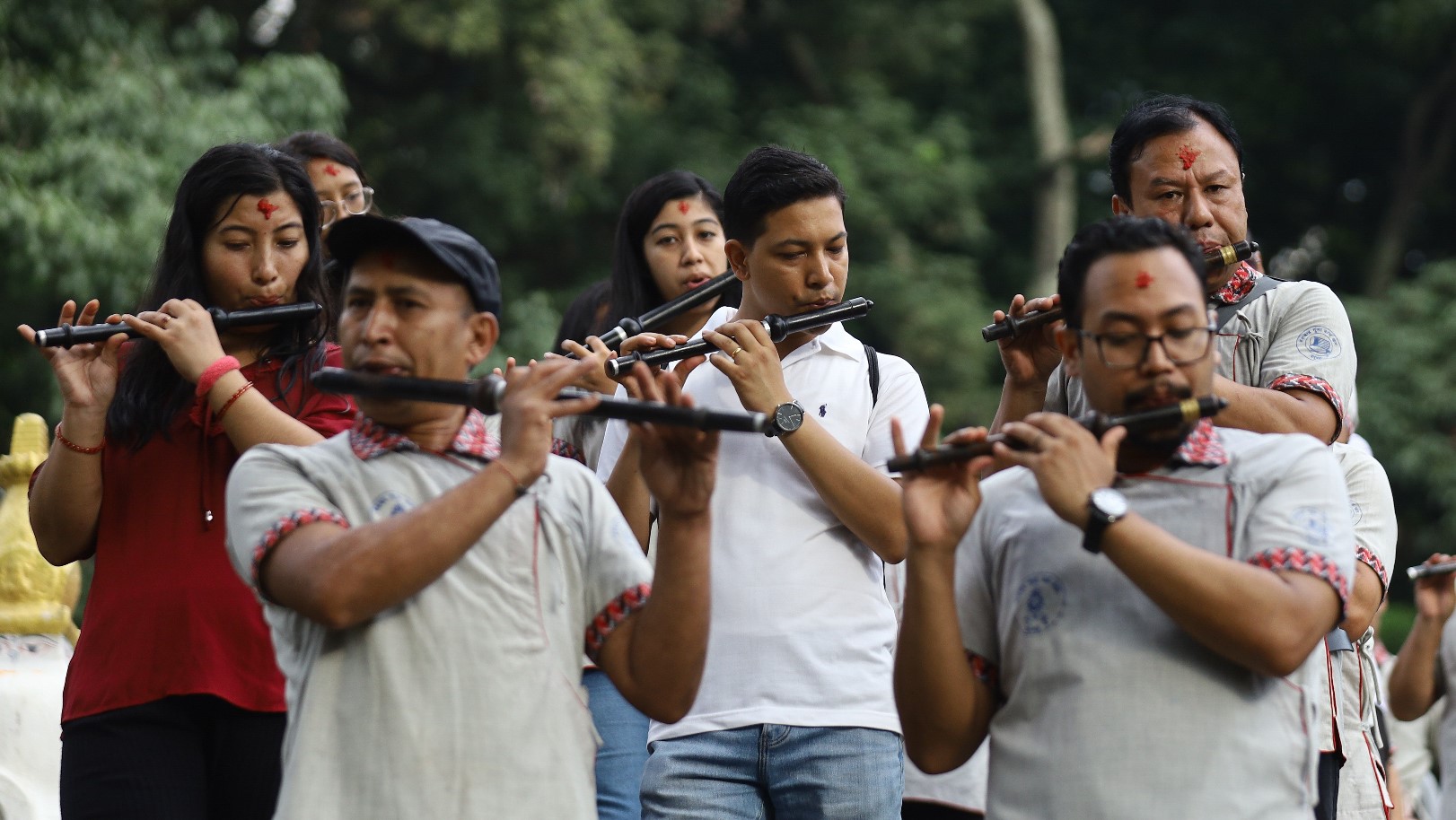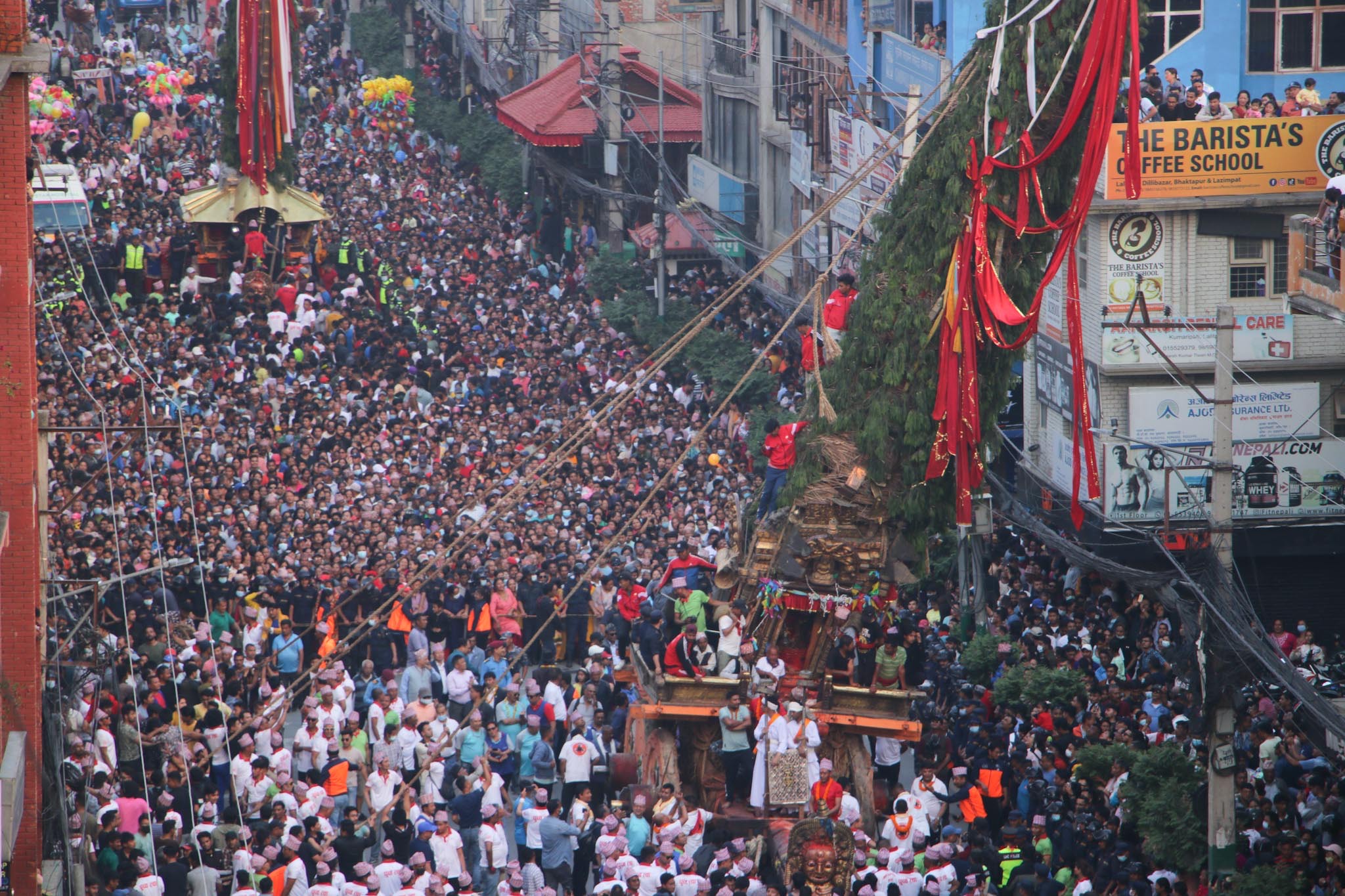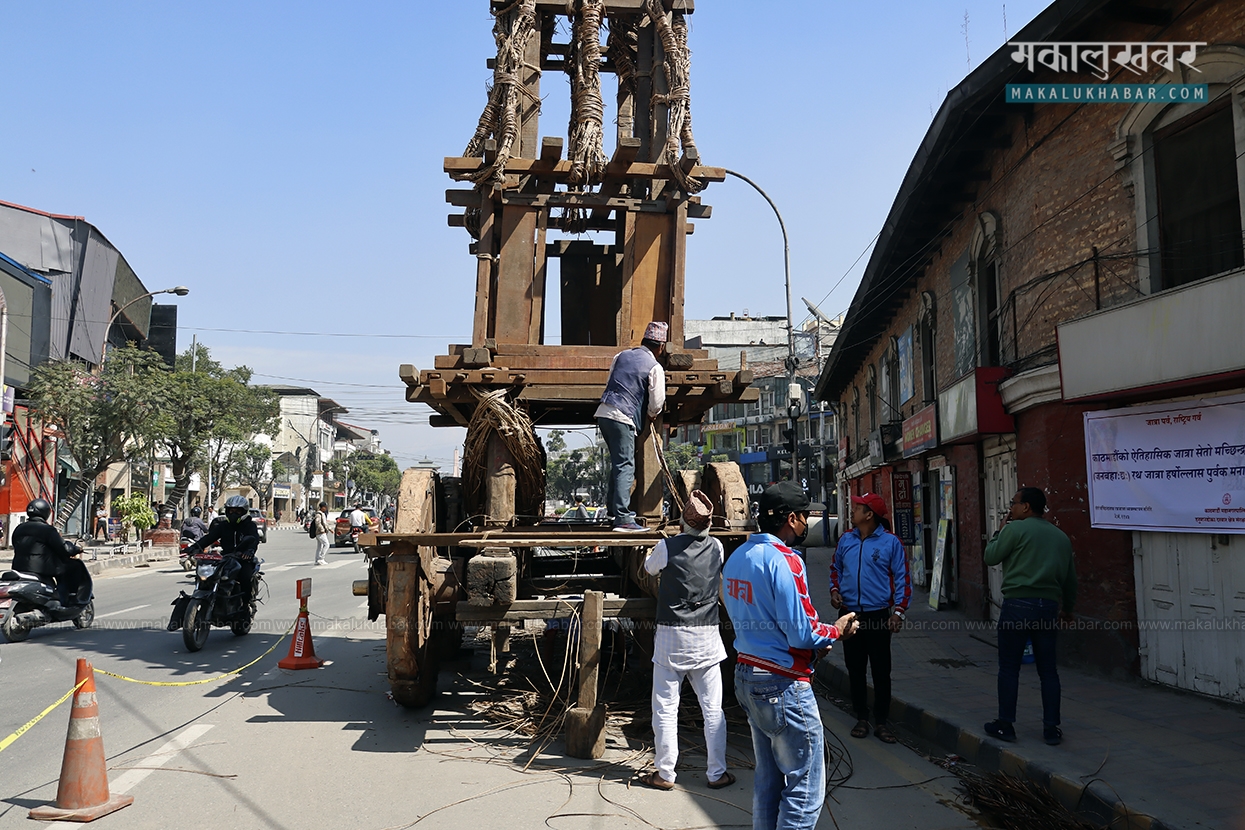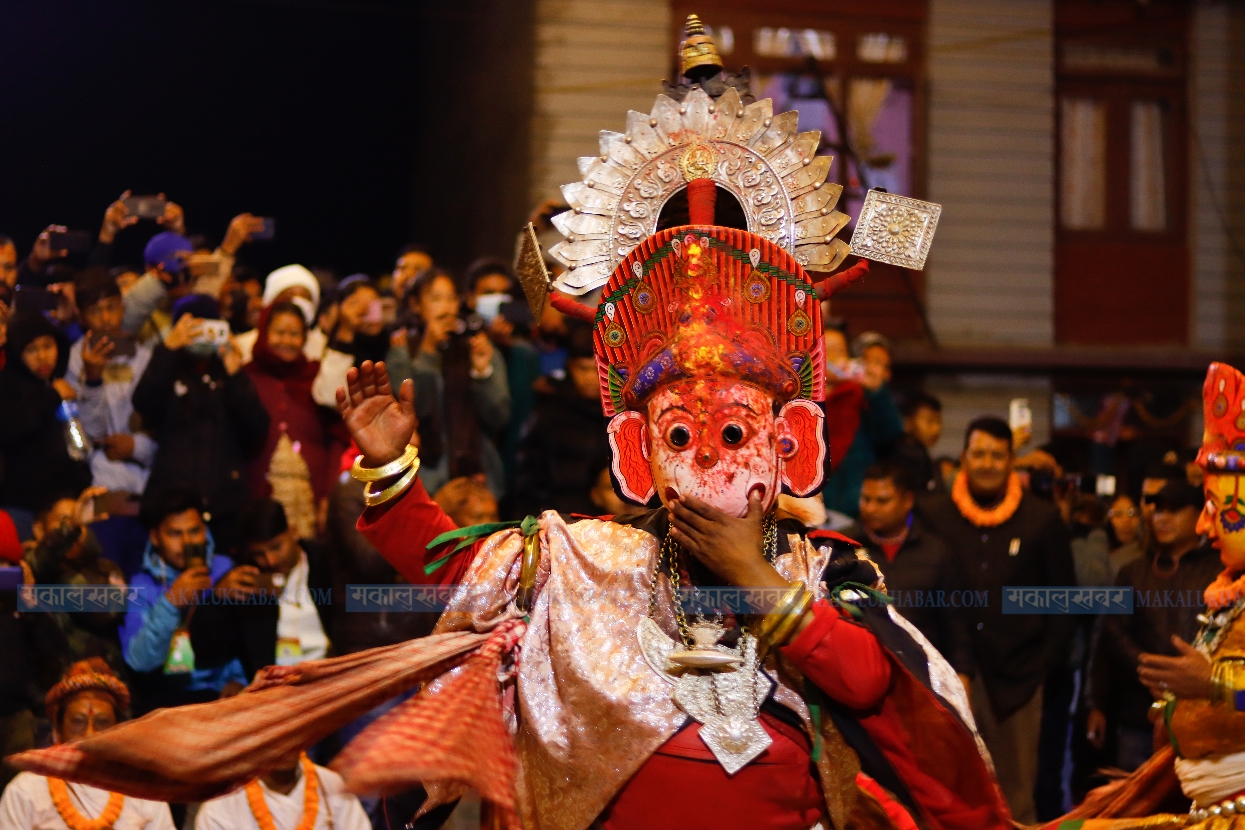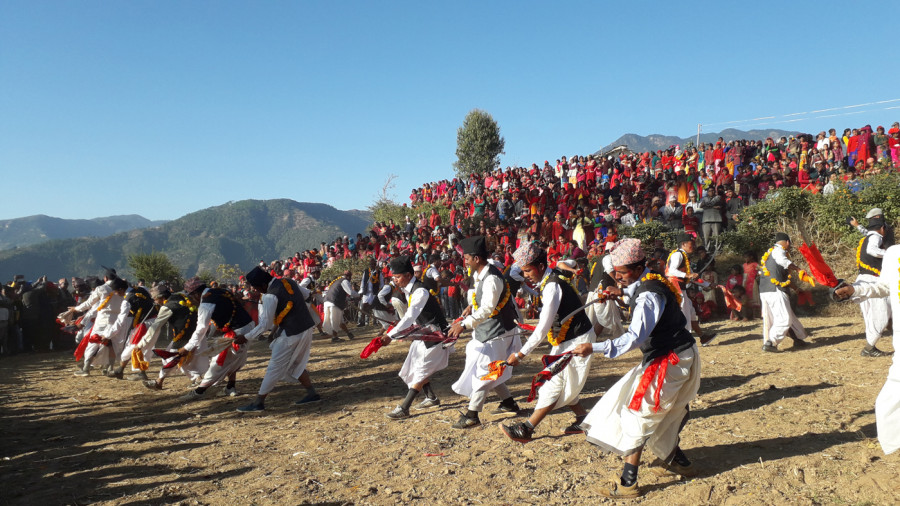2565th Buddha Jayanti being celebrated
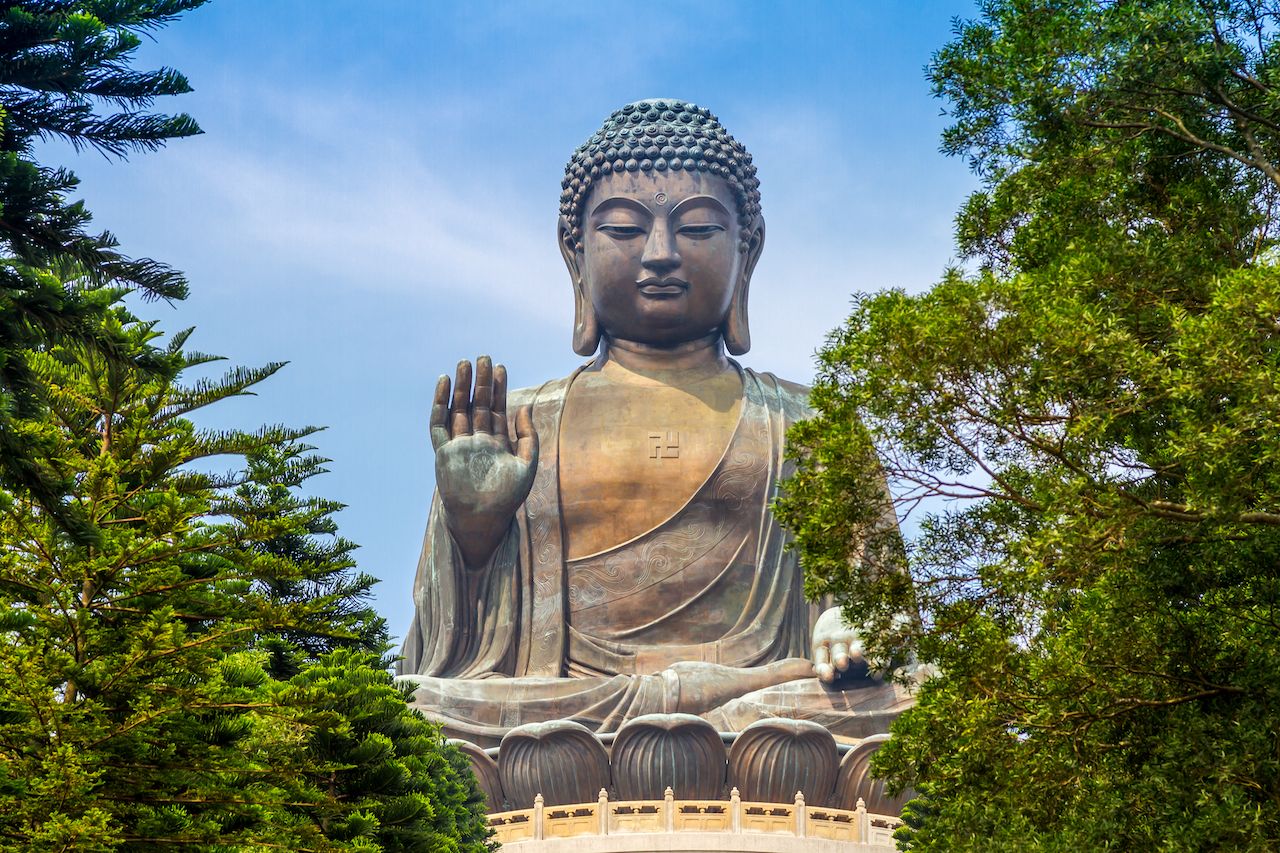
KATHMANDU: MAY 26 – The 2565th Buddha Jayanti is being celebrated across the country to commemorate the contribution made by Siddhartha Gautam, the ninth incarnation of Lord Bishnu, to the establishment of world peace.
Buddha Jayanti is celebrated every year on the full moon day of Baisakh Shukla. As Buddha’s birth, enlightenment, and Mahaparinirvana (death) falls on the full moon day of Baisakh Shukla, Buddhists around the world, including Nepal, celebrate Buddha Jayanti with emotional reverence and devotion to the Buddha.
”Non-violence is the cornerstone of peace and friendship”. The 2565th birth anniversary of Lord Gautam Buddha, the bearer of many such classic messages, is being celebrated across the country today, wishing peace.
Due to the prohibitory order on the transmission of the Corona Virus (Covid-19), Buddhists will be confined to Chaityas, Monasteries, Bihar and other places to perform only the rituals of worship. As a lockdown was issued last year to avoid Corona, only certain religious leaders gathered at Buddha Jayanti houses and places including Chaityas, Monasteries and Bihar.
There was a tradition of celebrating Buddha Jayanti by organizing various programs in Lumbini, Swayambhu, Boudha and other places. It has been decided to celebrate the festival by sitting in these places with limited number of religious leaders. A meeting of the Association of Buddhist Regions has decided to offer worship only at the Buddhist Chaitya. Kathmandu Municipal Corporation ward no. 6 Chairman of the party Dipendra Kumar Lama informed the RSS.
Bouddhanath Area Development Committee, Buddhist Ghyang Guthi and other organizations have decided to hold a program of worship among a limited number of people. Executive Director of the Committee, Basanta Kumar Lama, says that the devotees have been invited to worship, recite, meditate and celebrate Diwali on the occasion of Buddha Jayanti. Under normal circumstances, Buddha Jayanti was celebrated with a procession with the participation of thousands of people.
Siddhartha Gautam was born on the full moon day of Baisakh Shukla from father King Suddhodhana and mother Mayadevi in Lumbini Park 563 BC, 2565 years before today. Born as a prince, Siddhartha Gautam became concerned about the suffering of the people. At the age of 29, he left the palace for penance.
On the full moon day of Baisakh Shukla in 528 BC, he attained enlightenment under the Peepal tree (Bodhi tree) at Buddhagaya. After attaining enlightenment, he is called Gautam Buddha, Lord Buddha, etc. He shared the knowledge that there are eight paths: right determination, right vision, right speech, right karma, right livelihood, right exercise, right memory and right meditation.
This knowledge was first imparted to the five-class monks at Mrigadayavan in Sarnath through discourses. After sharing such knowledge for 45 years, at the age of 80, he attained Mahaparinirvana (death) in Kushinagar on the full moon day of Baisakh Shukla in 483 BC. Lord Gautam Buddha is known as the pioneer of peace in the world and the star of Asia. The Buddha taught peace, non-violence, friendship and compassion to the common man through eight paths. That is why the Buddha’s philosophy has taken the form of a sect or a path in the world.
Since the day of Buddha Jayanti on Jestha 8, 2008 B.S. public holidays have been given across the country on the occasion of this festival. A ban on killings and violence was announced in Lumbini on Falgun 7, 2012 B.S. on the day of Buddha Jayanti.
A public holiday has been observed in the United Nations since 2002 on the birth anniversary of Lord Gautam Buddha, the pioneer of world peace. It is said that most books on Buddha have been published in the world so far.
These include Sir Edwin Arnold’s ‘Light of Asia’ (1879), edited by the Daily Telegraph from the UK, Dr. Buddha Saheb Ambedkar’s ‘Buddha and His Dhamma (1957)’, then Chairman of the Indian Constitution Drafting Committee, and Hermann Hesse, a German novelist who won the Nobel Prize in Literature in 1946. Siddhartha (1922) is famous. Similarly, Mathera Nyanatiloka of Germany, Buddhist Dictionary (1950), Buddha in the World (1906), Dr. Valpola Rahul of France,What the Buddha Taught (1959), Gispepe Tuichile of Italy, Mustang Tour (1969), etc. Have played a role.
Buddhist philosophy is being studied in the world’s most famous universities like Oxford, Cambridge, Harvard etc. Similarly, Tribhuvan, Nepal Sanskrit, Lumbini Buddhist University and others have been teaching postgraduate (MA) studies in Buddhist philosophy.
During his 80-year life, the Buddha delivered 84,000 discourses, which are collected in books such as Vinaya, Sutta, Abhidharma, and Tripitaka. Emperor Ashoka It has been a century since the Ashoka Pillar, written in Pali in Brahmi script, was discovered in 249 AD as ‘Hitt Buddha Jateti Lumbini Grame’.
The pillar was preserved in Lumbini in 1896 with the help of archaeologist Dr. Fuhrer when the then Western Commander General Khadga Shamsher Jang Bahadur Rana went hunting. In 1956, the Fourth World Buddhist Motherhood Conference was held in Nepal. With the arrival of the then UN Secretary General U Thant in Nepal in 1967, a comprehensive plan for the development of Lumbini began.
The then Prime Minister Sushil Koirala, who went to an international conference in late 2070 BS to introduce Buddha-born Nepal to the world, had proposed a Buddhist circuit including Nepal, India, Myanmar, Sri Lanka, Thailand, Hong Kong, Mongolia, Bhutan, Singapore and other countries in Asia. The proposal was even supported by many countries. But it has not materialized yet.
Constituent Assembly member Rameshwor Phuyal had registered the proposal of the Buddhist circuit in Nepal including Lumbini, Swayambhu, Buddhist, Manichud, Namobuddha, Halesi and other Buddhist pilgrimage sites. Although the issue was debated after it was registered in the parliament, it has not materialized. -RSS






